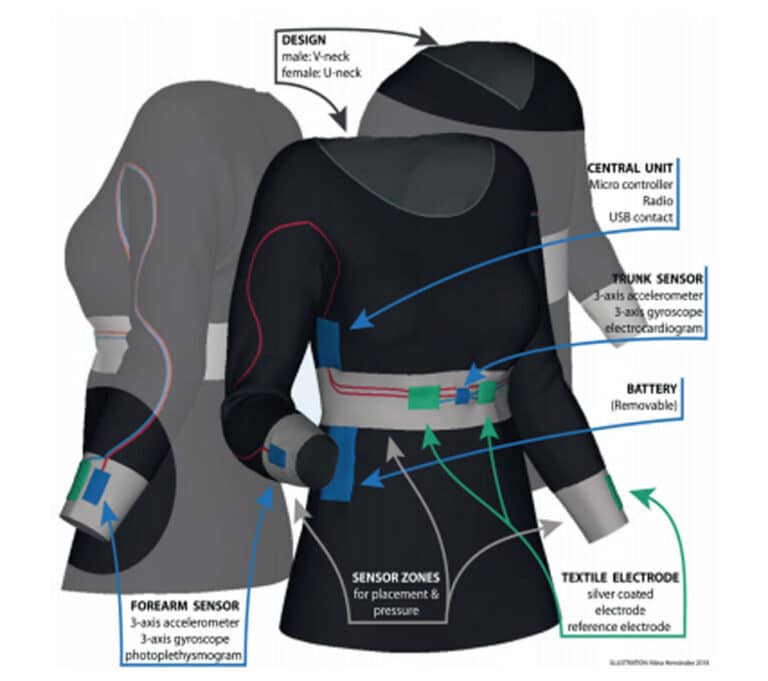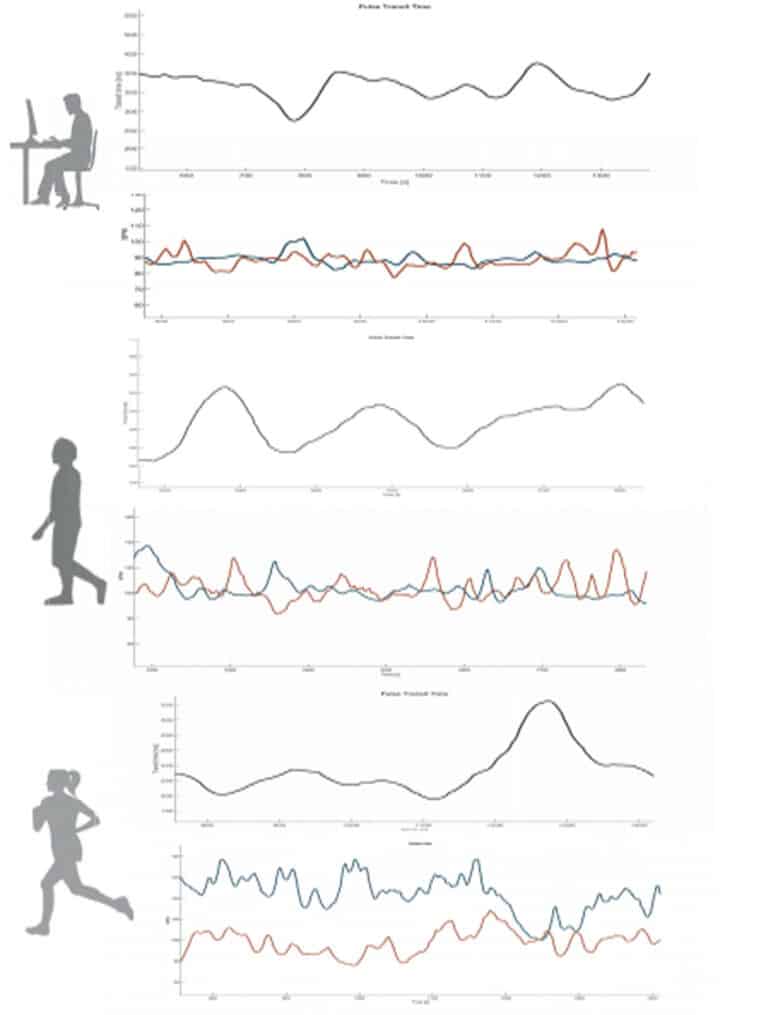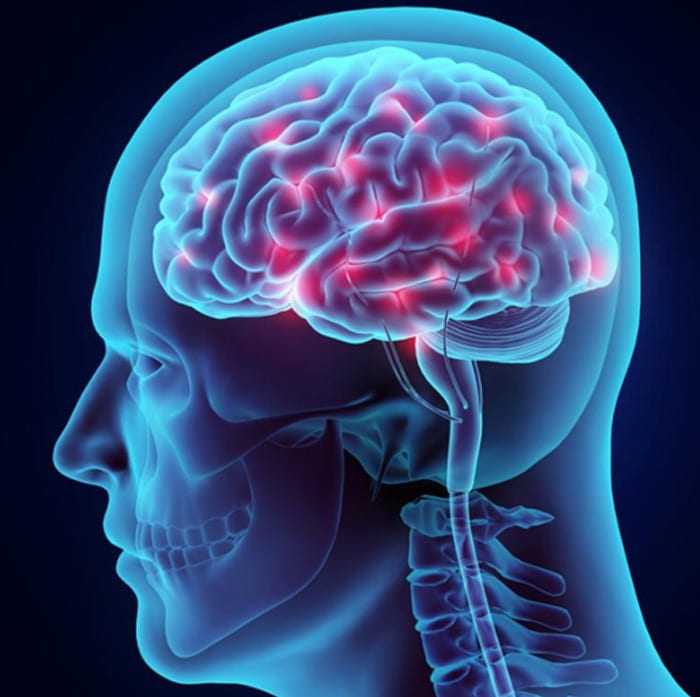Introduction
Epilepsy and Parkinson’s disease (PD) are conditions where management would benefit greatly from monitoring symptoms over longer time periods in natural everyday environments instead of only intermittent assessments at clinics. Wearable technology with built-in sensors such as accelerometers and gyroscopes, can allow continuous and objective long-term monitoring of movement patterns.
The overall aim of this study was to explore and evaluate how wearable sensors can be used in clinical applications with continuously monitored movement related variables in epilepsy and PD.
The flexibility of the Shimmer3 IMU made it easy to get all the data I needed.
Dogni Johansson Buvarp, University of Gothenburg
Methods
This study involved both quantitative and qualitative research methods. Shimmer sensors were used to detect tonic-clonic seizures in epilepsy and to quantify motor levodopa responses in PD. The effects of individual dose adjustment based on information derived from wearable sensors were further investigated.
The performance of sensor-based algorithms for seizure detection and motor state recognition was evaluated against clinical standard evaluations including video-EEG in epilepsy and clinical assessment scales for PD. Additionally, focus groups were conducted to understand the perception of the use of wearables in disease monitoring.

Results
The participants saw possible benefits for improved treatment effects with the use of wearable sensors and valued this benefit more than the possible inconvenience of wearing the sensors.
Wearable sensors are useful for automated quantification of PD motor states using instrumental testing as well as passive monitoring. The PD motor and non-motor symptoms, disease-specific quality of life and wearing-off symptoms improved after dose titration based on the information provided by a wrist-worn sensor.

Conclusions and Implications
The use of wearable sensors for detecting seizures or quantifying PD motor states showed clinical utility as tools for ascertaining tonic-clonic seizure frequency and monitoring treatment effects in PD outside of hospital. The information provided by sensor monitoring was effective for supporting clinical decision making in PD, indicating that treatment individualization based on wearable sensors is feasible.

